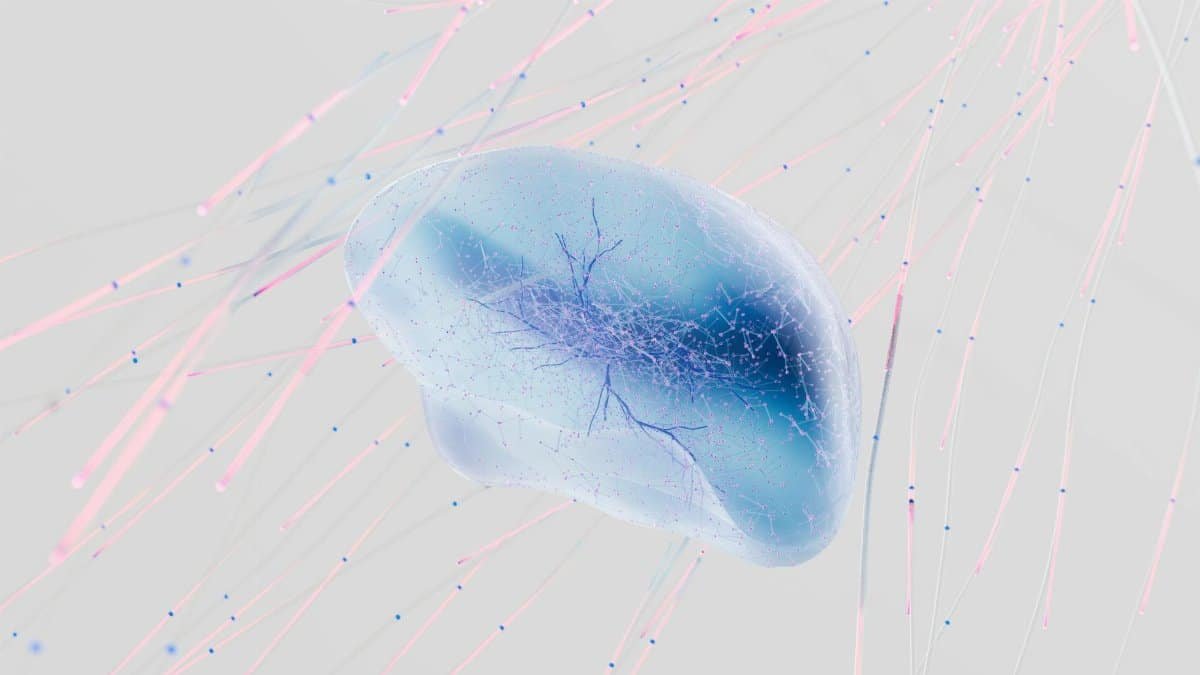Is random crying a secret sign that your body is finally healing? For many Americans battling chronic stress, these unexpected tears aren’t a breakdown—they’re a breakthrough in nervous system healing. Experts say this emotional release can reset your body’s fight-or-flight response, leading to better mental clarity and physical well-being. As more people turn to somatic practices amid rising anxiety rates, understanding this phenomenon could change how we view our tears.
What Triggers Random Crying?

Random crying often hits when you least expect it—maybe during a commute or while watching TV. It’s not always tied to sadness; sometimes, it’s your nervous system’s way of dumping built-up tension. Stress from work, relationships, or even global events like the pandemic overloads the autonomic nervous system, leading to these spontaneous releases. Think of it as your body hitting the reset button without your permission.
According to health pros, this happens when the parasympathetic nervous system kicks in, countering the constant alertness of the sympathetic side. It’s a natural response, but in our high-pressure society, it’s becoming more common. A study from the American Psychological Association highlights how chronic stress affects 77% of adults, potentially manifesting as emotional outbursts. For more on stress impacts, check APA’s Stress Resources.
The Science Behind Nervous System Healing

Nervous system healing isn’t some woo-woo trend—it’s rooted in biology. Your nervous system regulates everything from heart rate to digestion, and when it’s dysregulated by trauma or prolonged stress, it stays in survival mode. Healing involves practices that promote vagal tone, essentially training your body to chill out.
Random crying acts as a valve, releasing pent-up emotions stored in the body. Neuroscientists explain that tears contain stress hormones like cortisol, literally washing them away. This ties into polyvagal theory, which posits that safe emotional expression rebuilds neural pathways for calm. For a deeper dive, see NIMH on Stress and the Brain.
Common Signs of a Healing Nervous System

Besides crying, look for other clues your nervous system is on the mend. You might feel sudden fatigue, as if your body is finally allowing rest after years of hypervigilance. Or perhaps unexplained laughter bubbles up, another form of release.
Physical symptoms like tingling in limbs or a sense of lightness can signal shifts. These aren’t random; they’re your system’s way of recalibrating. In 2025, with mental health awareness surging, more folks are recognizing these as positive steps, not problems. Therapists report clients feeling empowered once they understand this process.
How Stress Builds Up in the Body

Stress doesn’t just vanish—it lodges in your nervous system like a bad tenant. Chronic exposure to cortisol floods keeps you wired, leading to anxiety, insomnia, or even digestive issues. Over time, this dysregulation demands an outlet, hence the random tears.
Think of it as emotional housekeeping. Without release, the buildup can contribute to serious conditions like hypertension or depression. U.S. health data shows anxiety disorders affect over 40 million adults, underscoring the need for healing strategies. Integrating mindfulness or breathwork can prevent overload.
Practical Ways to Support Nervous System Healing

Want to encourage this healing without waiting for tears? Start with simple somatic exercises. Deep belly breathing activates the vagus nerve, promoting relaxation. Try it for five minutes daily—inhale for four counts, exhale for six.
Grounding techniques, like walking barefoot or progressive muscle relaxation, also help. Yoga and tai chi are gaining traction in U.S. wellness circles for their nervous system benefits. Apps and online classes make it accessible, even for busy schedules. Remember, consistency is key; don’t expect overnight miracles.
Challenges in Embracing Emotional Releases

Not everyone welcomes random crying with open arms. In a culture that prizes stoicism, especially among men, these moments can feel embarrassing or weak. But suppressing them only prolongs dysregulation.
Therapy circles are pushing back, emphasizing that vulnerability aids healing. Women, who report higher stress levels per CDC data, often experience this more visibly. Overcoming stigma involves education—knowing it’s a strength, not a flaw. Support groups and online forums are helping normalize these experiences in 2025.
The Role of Therapy in Nervous System Regulation

Professional help can turbocharge nervous system healing. Somatic experiencing therapy, developed by Peter Levine, focuses on releasing trauma from the body. It’s not talk therapy alone; it involves tracking physical sensations to process emotions safely.
EMDR, another tool, helps rewire responses to triggers. With rising demand, teletherapy options are booming. A report from the National Institutes of Health notes increased efficacy of these methods for PTSD and anxiety. If tears are frequent, consulting a pro might reveal underlying issues.
Real-Life Impacts of Ignoring Nervous System Signals

Brush off random crying at your peril. Ignoring these signals can lead to burnout or worsened mental health. Stories abound of executives hitting walls, only to find relief through healing practices.
One New York-based teacher shared how unchecked stress led to hospitalization, but somatic work turned it around. Nationally, with workplace stress at all-time highs, recognizing these releases could prevent crises. It’s a wake-up call: your body knows best.
Future Trends in Stress Relief and Healing

As we head deeper into 2025, nervous system healing is poised to go mainstream. Wearables tracking vagal tone and AI-guided meditation apps are emerging. Corporate wellness programs are incorporating somatic training to combat employee burnout.
Experts predict a shift from pharmaceutical fixes to holistic approaches, driven by research showing long-term benefits. With U.S. healthcare costs for stress-related illnesses topping $190 billion annually, this could be a game-changer. Stay tuned—your next cry might just be the start of something better.
